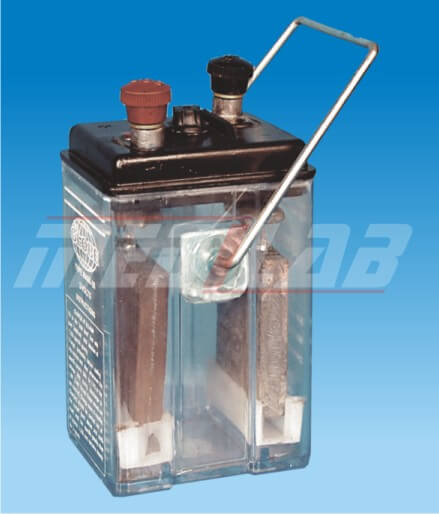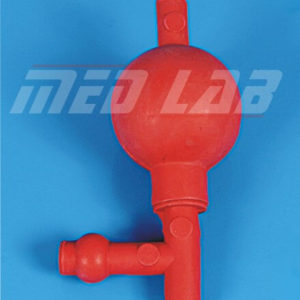Description
A Lead-Acid Battery, also known as a Lead Accumulator, is a type of rechargeable battery that uses a chemical reaction to store and release electrical energy.
The battery consists of several cells, each containing a positive electrode (made of lead dioxide), a negative electrode (made of lead), and an electrolyte solution (usually sulfuric acid). When the battery is charged, the lead dioxide on the positive electrode reacts with the sulfuric acid to form lead sulfate and water, while the lead on the negative electrode reacts with the sulfuric acid to form lead sulfate and hydrogen gas.
When the battery is discharged, the chemical reaction is reversed, with the lead sulfate on the electrodes reacting with the electrolyte to form lead dioxide, lead, and sulfuric acid, releasing electrical energy in the process.
Lead-Acid Batteries are commonly used as backup power sources for telecommunications equipment, emergency lighting systems, and uninterruptible power supplies (UPS). They are also used in vehicles as the primary power source for starting the engine and operating the electrical systems, such as lights and radio.
Overall, Lead-Acid Batteries are a reliable and versatile type of rechargeable battery that is widely used in various applications due to their long service life, low cost, and high energy density. However, they also have some drawbacks, such as being heavy, requiring regular maintenance, and being sensitive to overcharging and deep discharge.
Why Choose Us
MEDILAB is a leading bulk supplier of high-quality lead accumulators. We specialize in providing reliable products to customers worldwide, ensuring timely delivery and excellent service. Whether you are in need of a single unit or bulk quantities, we are here to meet your requirements. Our commitment to quality and customer satisfaction sets us apart in the industry. For more information on pricing, orders, and shipping options, please contact us today. Let MEDILAB be your trusted partner for all your lead accumulator needs.







